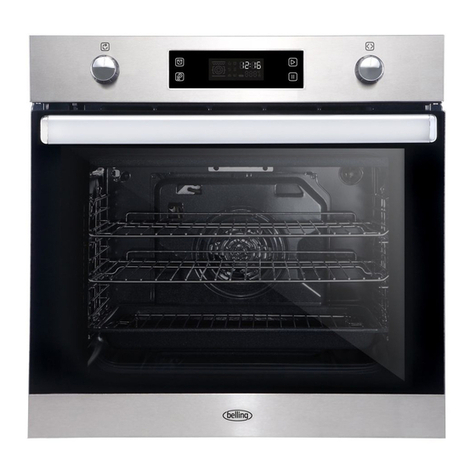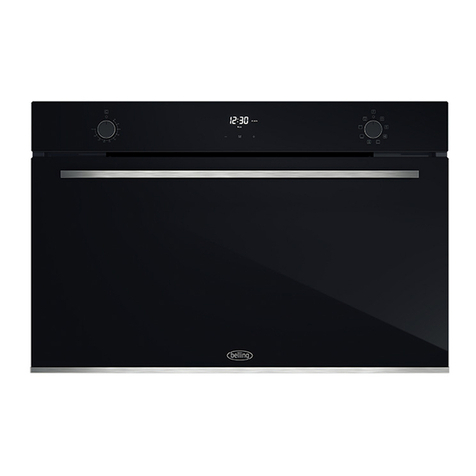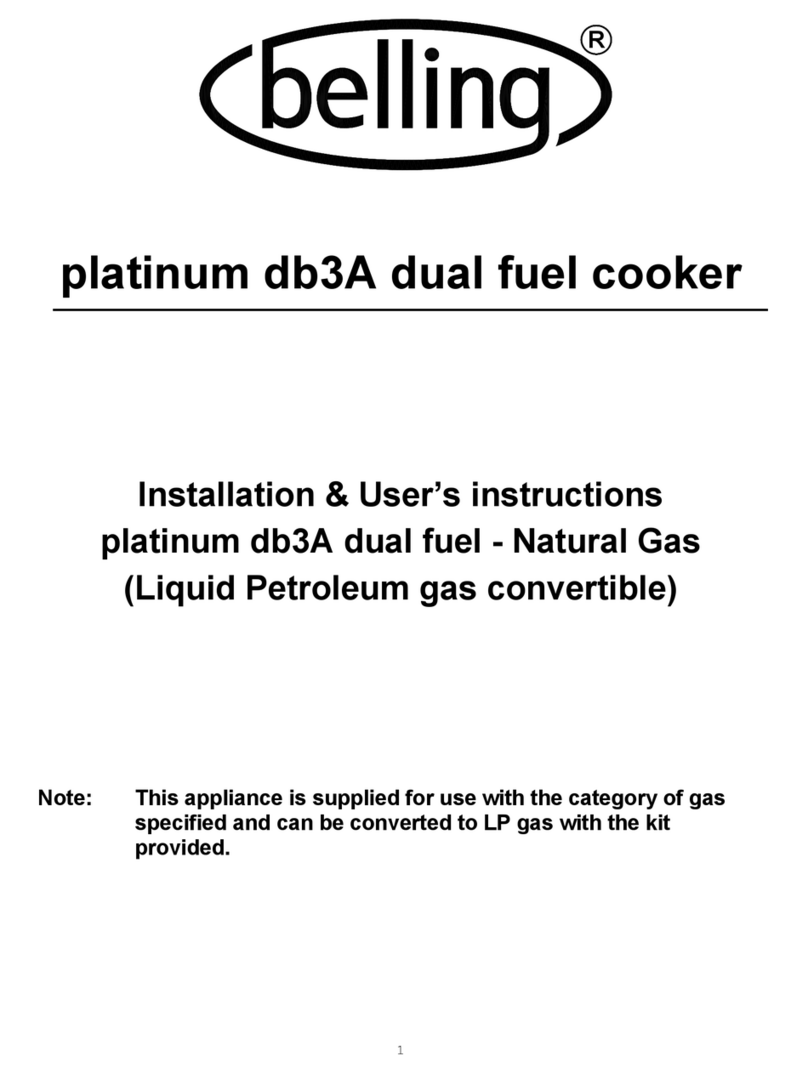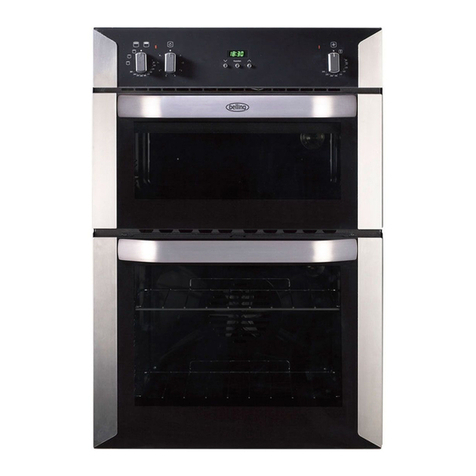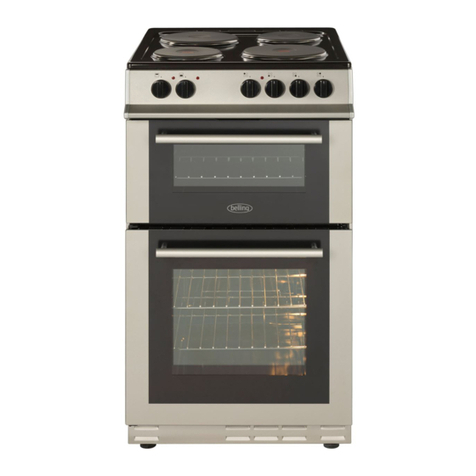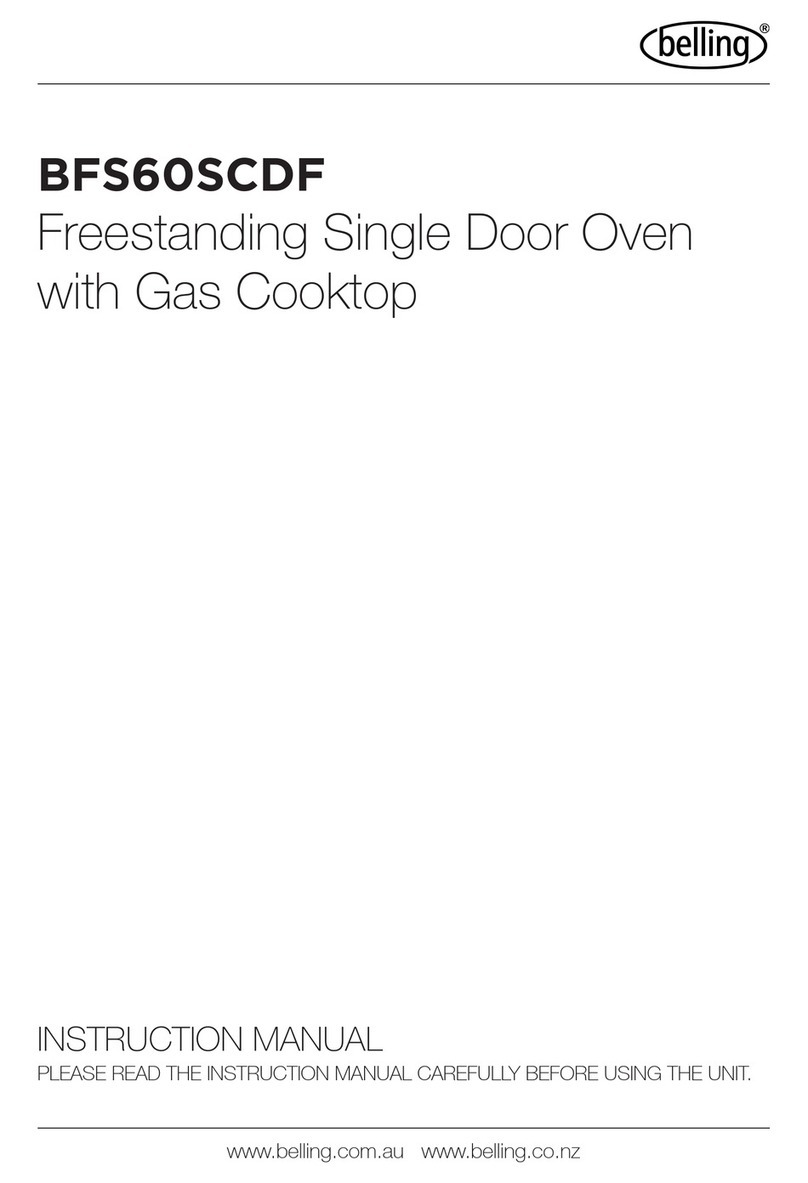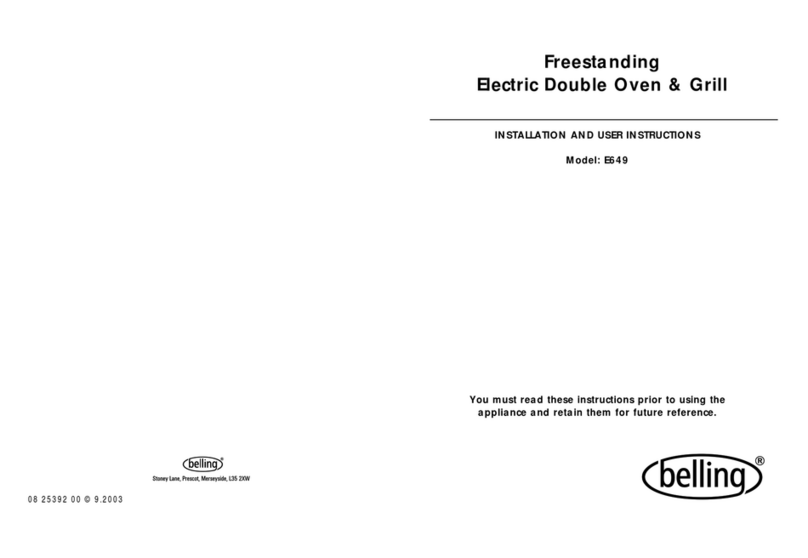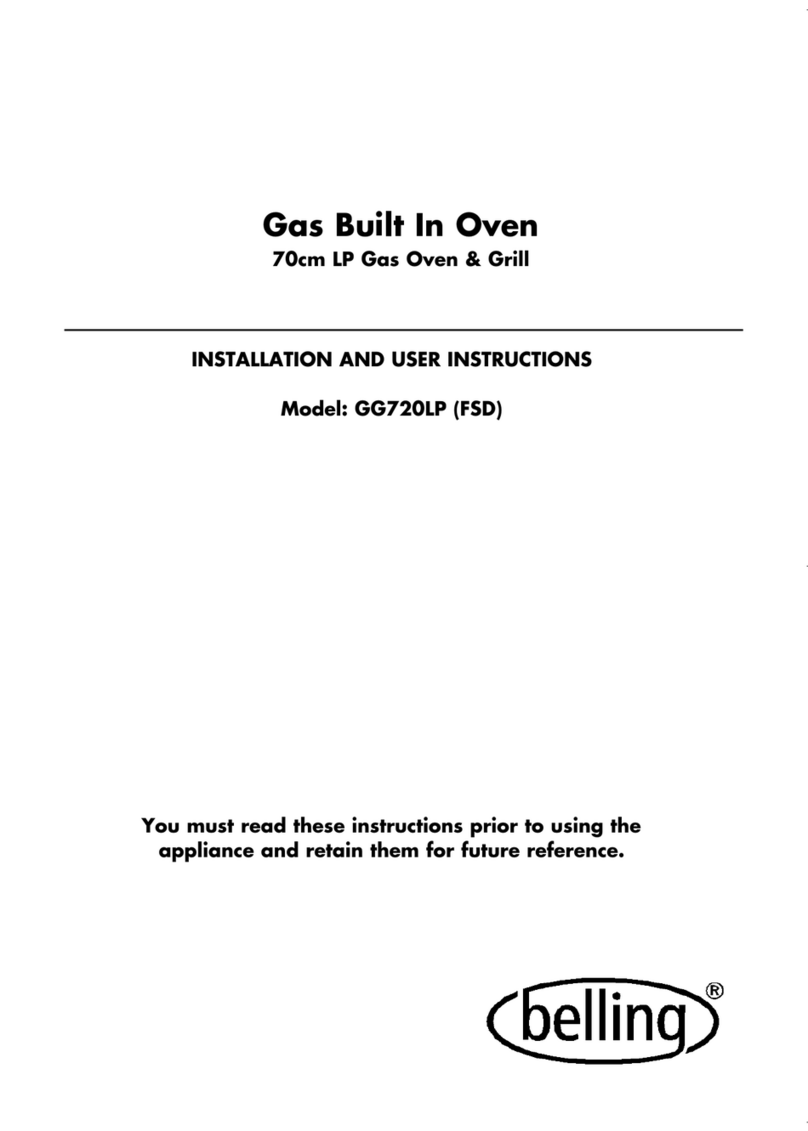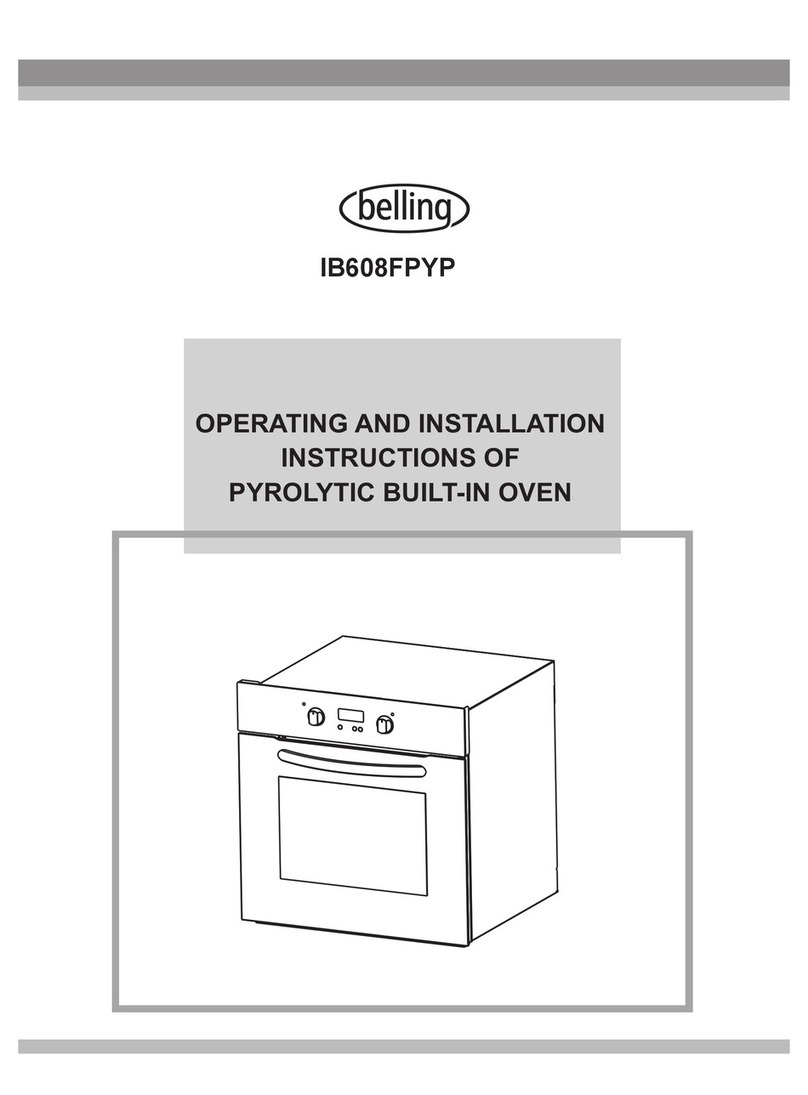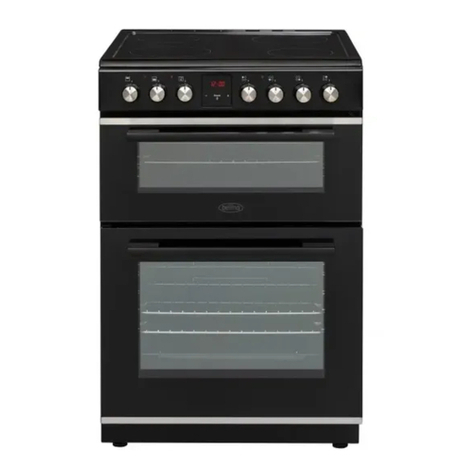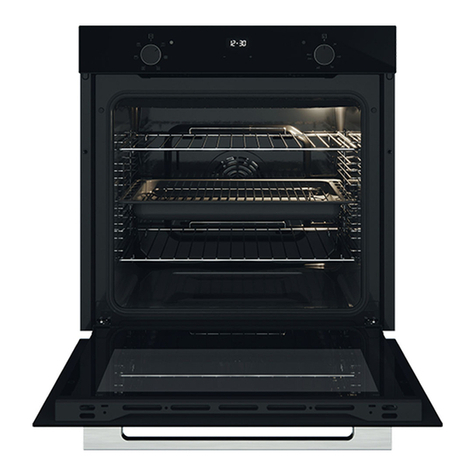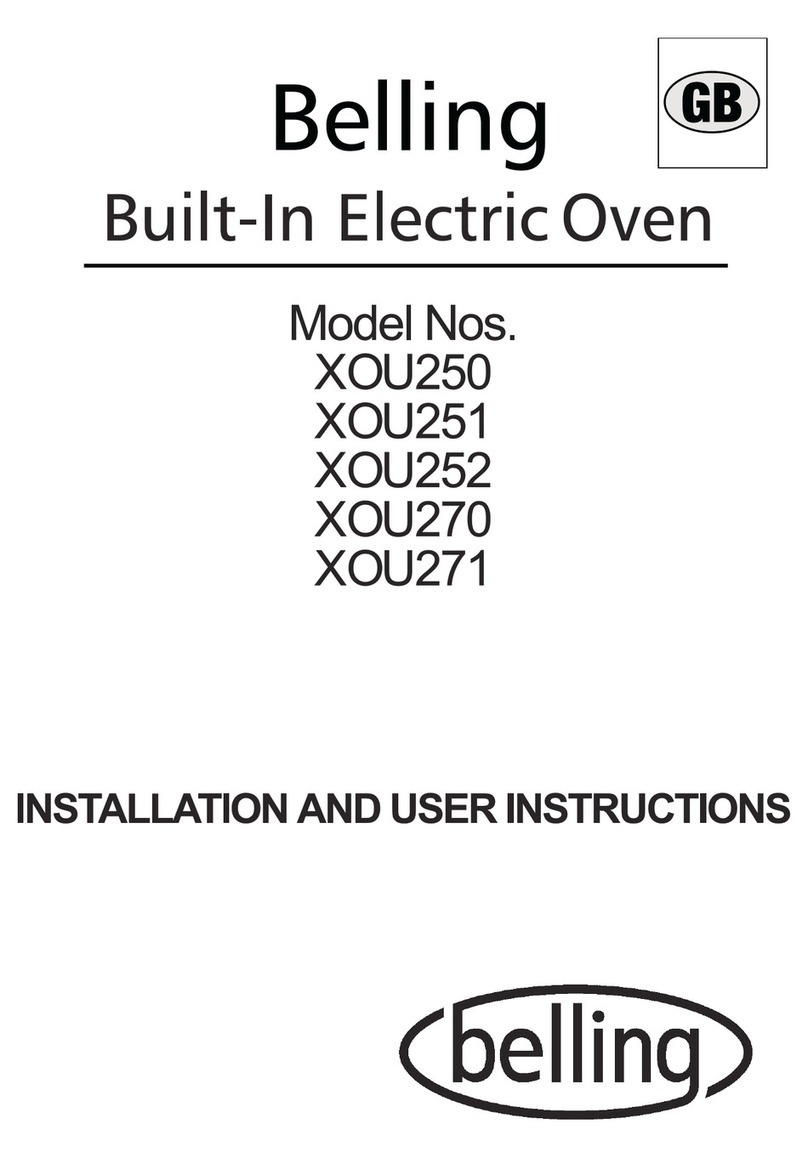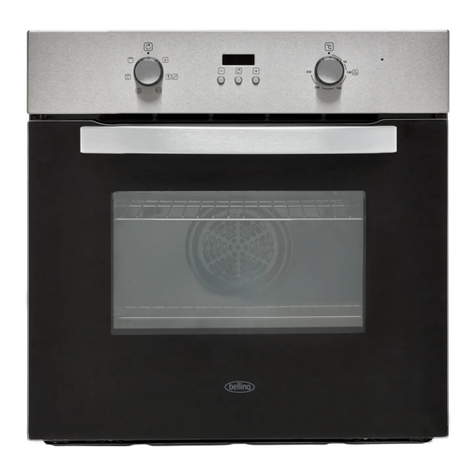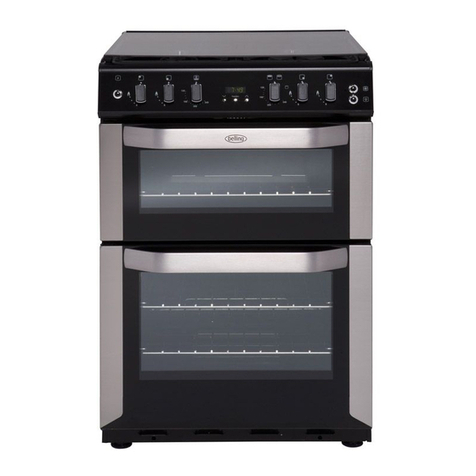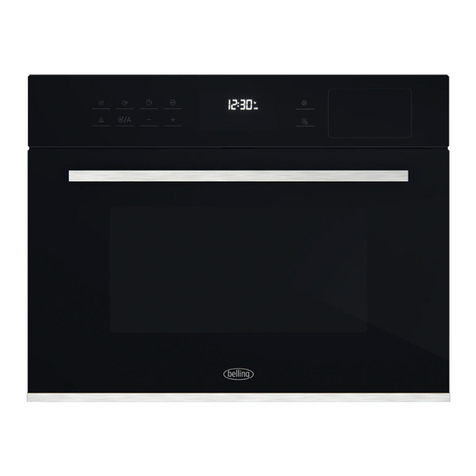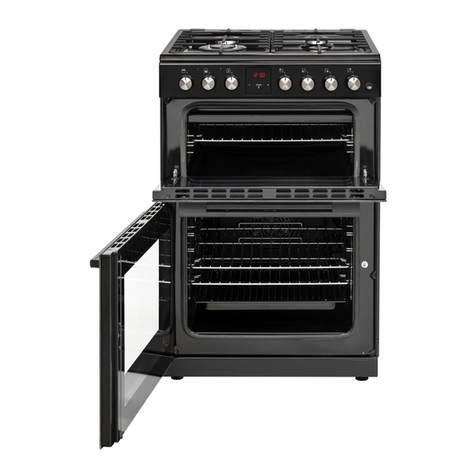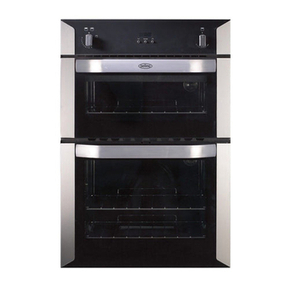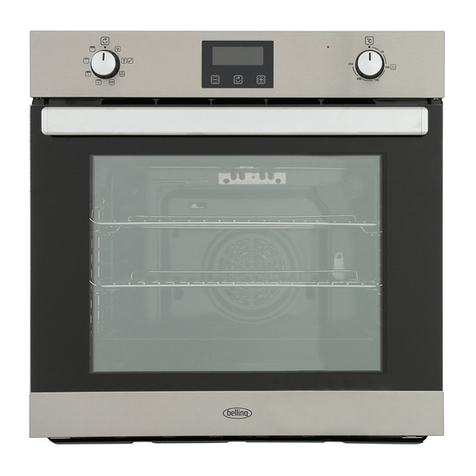
EN - 10
2. INSTALLATION AND
PREPARATION FOR USE
WARNING : This appliance must be
installed by a qualified electrician
according to the instructions in this
guide and in compliance with the current
version AU/NZS3000.
• Incorrect installation may cause harm
and damage, for which the manufacturer
accepts no responsibility and the
warranty will not be valid.
• Prior to installation, ensure that the local
distribution conditions (electricity voltage
and frequency and/or nature of the gas
and gas pressure) and the adjustments
of the appliance are compatible. The
adjustment conditions for this appliance
are stated on the label.
• The laws, ordinances, directives and
standards in force in the country of use
are to be followed (safety regulations,
proper recycling in accordance with the
regulations, etc.).
2.1 Instructions for the Installer
General instructions
• After removing the packaging material
from the appliance and its accessories,
ensure that the appliance is not
damaged. If you suspect any damage,
do not use it and contact an authorised
service person or qualified technician
immediately.
• Make sure that there are no flammable
or combustible materials in the close
vicinity, such as curtains, oil, cloth etc.
which may catch fire.
• The worktop and furniture surrounding
the appliance must be made of
materials resistant to temperatures
above 100°C.
• The appliance should not be installed
directly above a dishwasher, fridge,
freezer, washing machine or clothes
dryer.
• The appliance can be placed close to
other furniture on condition that, in the
area where the appliance is set up, the
furniture’s height does not exceed the
height of the cooktop.
Installation of the Cooker
• If the kitchen furniture is higher than the
cooktop, the kitchen furniture must be
at least 10 cm away from the sides of
appliance for air circulation.
• There should be a minimum 2cm blank
space around the appliance for air
circulation.
• If a cooker hood or cupboard is to be
installed above the appliance, the safety
distance between cooktop and any
cupboard/cooker hood should be as
shown below.
A (mm) 420
B (mm) Cooker Hood/Cupboard 650/700
C (mm) 20
D (mm) Product Width
E (mm) 50
CAUTION: If this cooking range is to be
connected to a new or upgraded electrical
installation, then it must be connected to the
supply by a supply cord fitted with;
- an appropriately rated plug that is
compatible with the socket-outlet fitted to
the final sub-circuit in the fixed wiring that
supplies this cooking range; or
- an appropriately rated installation male
connector that is compatible with the
installation female connector fitted to the
final sub-circuit in the fixed wiring that
supplies this cooking range.
